KÁROLY FERENCZY – HUNGARIAN NATIONAL GALLERY | BUDAPEST
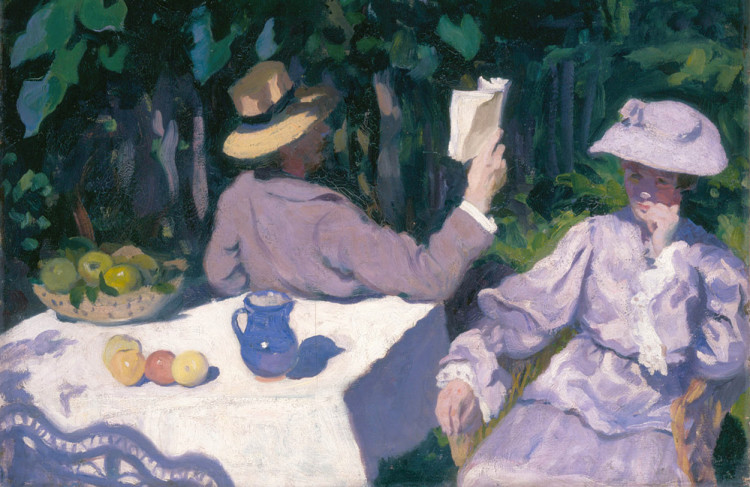
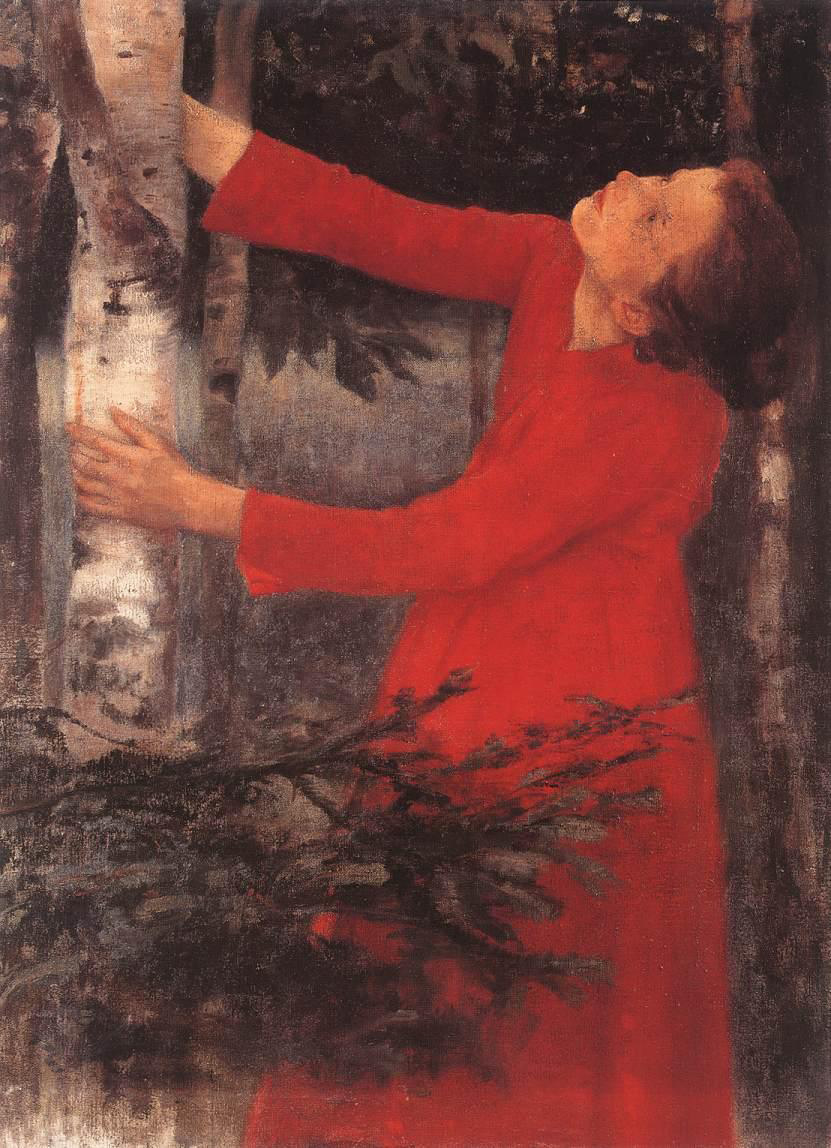
The Retrospective Exhibition of Károly Ferenczy (1862-1917)
30 November, 2011 – 27 May, 2012
Hungarian National Gallery
Szent György tér 2., Budapest, Hungary, 1014
- www.mng.hu – info@mng.hu – nemzetigaleria.budapest@museum.hu
- http://www.mng.hu/kiallitasok/idoszaki/ferenczy_nyito_en
Text by Vittoria Biasi – translated by Salvatore Rollo. All Texts are 1F mediaproject copyright. All Rights Reserved.
The Magyar Nemzeti Galéria, from 1975 accommodated inside the Royal Palace, dedicates a large show to Karoly Ferenczy, twentieth-century Hungarian outstanding Art History figure although not so much known in the West.
The exhibition opens with the suggestive painting On the Hill top (1901), where a figure of man facing backwards is waiting on the edge of a hill and turns his eyes towards a landscape which is useless to whom is watching the work. On the Hill-top reminds us the symbolic and spiritual conception of the scenery peculiar to G. Friedrich and it is a focal expression of a pathway.
The Ferenczy’s work on 1901 achieves and delivers its own opening-like above the infinity of spirit. The dimension of opening over the unseen is announced by the work Bird Song (1893) chosen as a manifesto for the exhibition. The artist builds up the situation of expectance, of a contemplative wish for sound, from which will get its origin the motion, the emotion.
Ferenczy, lived between 1862 and 1917, was educated into the Viennese romantic spirit, he studied at European schools, attended the Academy in Naples and took part in Munich Secession during 1895. He founded at Nagybanya, nowadays Baia Mare according to Rumanian name, on 1896, a type of colony, a free art grouping.
During 1900 he was among the artists attending the Universal Exhibition in Paris. In 1905 he taught at the Budapest Academy. In the same year he founded “Miénk “ together with P. Szinyei-Merse and I. Rippl-Ronai (“Ours”, Hungarian Realist and Impressionist society). In 1909 he was a member of the Artist Society (Muvészhaz).
The conception and language of his art witness the opening towards impressionist and naturalist elaborations inside a pictorial classicism, which goes back over some biblical themes, such as the studies for the pietà or the important work Adam on 1894. Such a great painting, recently restored thanks to sponsor contributions, stands out because of triumphant look on his face, meanwhile the whole figure expresses the feeling of proud awareness for being the first man on the earth.
The work Adam places in the fore the human being, leaving to nature a relative, second-rate spectacularity. The construction of the work will be reversed from 1901, when in the refined portrayal of nature, the artist will depict force and spectacularity of a language able to maintain and balance tradition with freedom and autonomy.
In other works, Ferenczy unveils sensibility towards language transformations and possibility of landscape representation offered as splodges or dazzling extensions. In such a sense it is possible to suppose a path from the work Portrait of Ede Kallos on 1889, which is acknowledged for the luminous look, to the works on 1890 Girls tending the plants and Boys throwing stones or Gardeners or Boy Gardening on 1891 with a brilliance scattered all over the surface, where some clear, white figures wait for a work of daily care. The peak of luminist pursuit can be the triptych Evening, in which the artist paints different brightness and shadings on backs and gluteus of men who are watching the lake.
The retrospective exhibition documents the large pictorial production around the figure through different pictorial languages: from pointillisme (Boy bathing on 1902) to the colour used as a matter (Chestment tree on 1900) which is a prelusion to decorative painting of the latest years.
This exhibition has been co-curated by art historians Judit Boros and Edit Plesznivy.
Vittoria Biasi – Art historian, critic and curator of international exhibition
into English by Salvatore Rollo
.-.-.-.
Testo di Vittoria Biasi – Copyright 1F mediaproject.
La Magyar Nemzeti Galéria, ospitata dal 1975 all’interno del Palazzo Reale, dedica una vasta mostra a Karoly Ferenczy, figura di rilievo nella storia dell’arte del Novecento ungherese, poco noto in occidente.
La mostra si apre con la suggestiva tela On the Hill-top (1901), in cui una figura maschile di spalla sosta sul limite di una collina da cui rivolge lo sguardo verso un paesaggio negato a colui che guarda l’opera. On the Hill-top rammenta la concezione simbolica e spirituale del paesaggio propria di G. Friedrich ed è l’espressione focale di un percorso. L’opera di Ferenczy del 1901 è come un’apertura sull’infinito dello spirito che l’artista raggiunge e consegna. La dimensione di apertura sull’invisibile è annunciata dall’opera Bird Song 1893 scelta come manifesto della mostra. L’artista costruisce la situazione di attesa, di desiderio contemplativo del suono, da cui si originerà il movimento, l’emozione.
Vissuto tra il 1862 e il 1917, Ferenczy si forma nello spirito romantico viennese, studia presso scuole europee, frequenta l’accademia di Napoli e partecipa alla secessione di Monaco del 1895. Fonda nel 1896 una sorta di colonia, un raggruppamento artistico libero nella città di Nagybánya, oggi con denominazione romena Baia Mare.
Nel 1900 è tra gli artisti presenti nell’Esposizione Universale di Parigi, nel 1905 insegna nell’Accademia di Budapest. Nello stesso anno fonda con P. Szinyei-Merse e I. Rippl-Rónai, Miénk (“I nostri”, società degli impressionisti e naturalisti ungheresi). Nel 1909 è Müvészház (membro della società degli artisti).
La concezione e il linguaggio della sua arte testimoniano l’apertura verso elaborazioni naturaliste e impressioniste all’interno di un classicismo pittorico, che ripercorre alcuni temi biblici, come gli studi per la pietà o l’importante opera Adam del 1894. La grande tela, restaurata di recente, grazie al contributo di sponsor, si impone per lo sguardo trionfante impresso nel volto, mentre tutta la figura esprime il sentimento di fiera consapevolezza per essere il primo uomo sulla terra.
L’opera Adam pone in primo piano la figura umana, lasciando alla natura una spettacolarità relativa, di secondo piano. La costruzione dell’opera sarà ribaltata dal 1901, quando nella sofisticata rappresentazione della natura, l’artista vorrà rappresentare la forza e la spettacolarità di un linguaggio capace di mantenere e equilibrare la tradizione con la libertà e l’autonomia.
In altre opere, Ferenczy rivela sensibilità verso trasformazioni linguistiche e possibilità di rappresentazione paesaggistica proposta per macchie o estensioni luminose. In tal senso è possibile ipotizzare un percorso dall’opera Portrait of Ede Kallos del 1889, che si impone per la luce dello sguardo fino alle opere del 1890 Gilrs tending the plants e Boys throwing stones o Gardeners o Boy gardening del 1891 con luminosità diffusa su tutta la superficie, su cui figure chiare, bianche attendono un lavoro di cura giornaliera. Il culmine della ricerca luministica può essere il trittico Evening, in cui l’artista dipinge differenti luminosità e ombreggiature sulla schiena e sui glutei delle figure maschili che osservano il lago.
La retrospettiva, curata dagli Storici dell’arte Judit Boros e Edit Plesznivy, documenta la vasta produzione pittorica attorno alla figura con differenti linguaggi pittorici: dal divisionismo (Boy bathing del 1902) fino all’uso materico del colore (Chestment tree del 1900) che è il preludio per la pittura decorativa degli ultimi anni.
Vittoria Biasi – Storica dell’arte, critico e curatrice internazionale

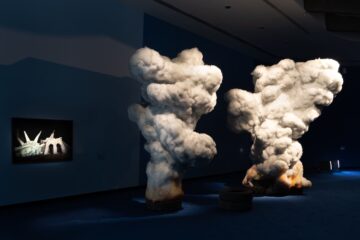

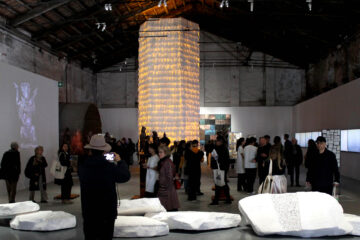
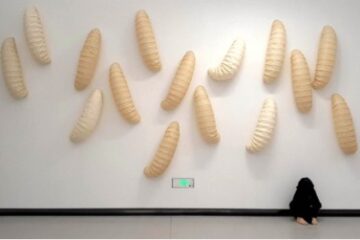

No Comment